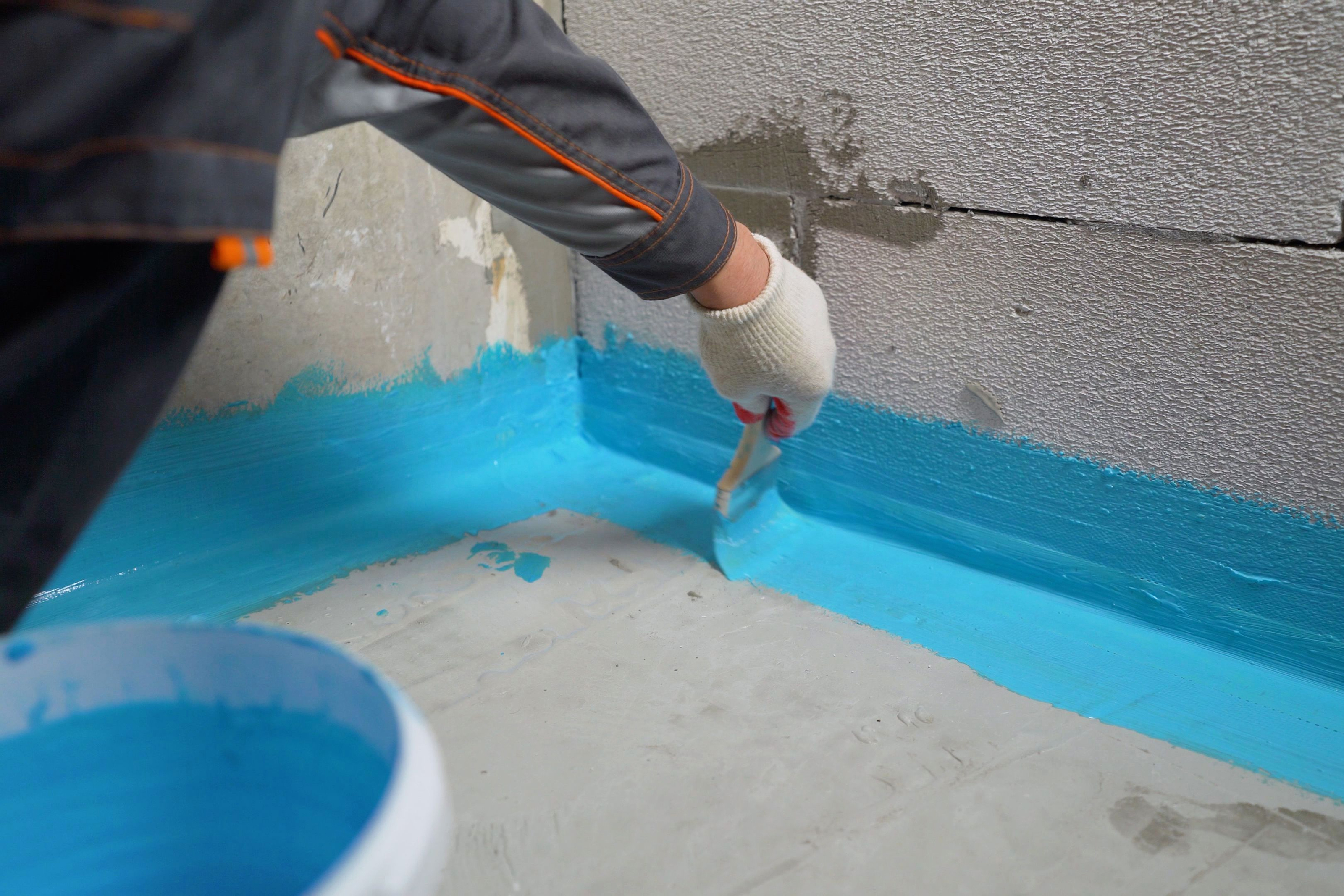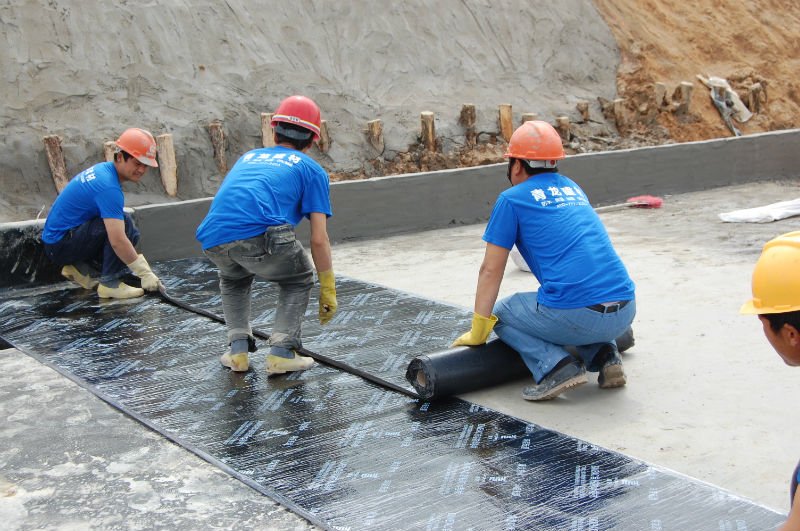Sorts of Waterproofing: Checking Out the Numerous Techniques and Their Applications
Waterproofing is a crucial aspect of construction and maintenance. It shields structures from the damaging effects of water damage. There are numerous approaches readily available, each with its distinct applications and advantages. From membrane layer systems to cementitious remedies, understanding these options is vital for efficient implementation. The option of waterproofing approach can considerably impact sturdiness and long life. Exploring these different techniques exposes their unique benefits and potential challenges, prompting more consideration of ideal solutions.
Membrane Layer Waterproofing Systems
Membrane waterproofing systems serve as a crucial obstacle against water breach in various structures. These systems usually consist of thin sheets made from products like rubber, thermoplastic, or asphalt, which are related to surfaces to stop wetness penetration. They can be mounted over or below quality and are specifically reliable in locations vulnerable to high water direct exposure, such as cellars, roof coverings, and foundations.The installation process entails cleansing the substratum, applying adhesives or guides, and exactly suitable the membrane to guarantee complete protection. Membrane systems can be either fully adhered, mechanically affixed, or laid loose, depending on the specific needs of the task. They provide toughness and versatility, fitting structural activities without jeopardizing their waterproofing abilities. In addition, these systems can be enhanced with added layers for boosted protection. Inevitably, membrane layer waterproofing systems are essential for protecting structures versus water damage and maintaining lasting integrity.
Liquid-Applied Waterproofing Coatings
Liquid-applied waterproofing finishings give a versatile option for securing surfaces from water infiltration - Sump pump discharge drainage Omaha. These finishes include fluid materials that, when applied, form a seamless, flexible membrane layer. Their adaptability enables application on various substratums, consisting of concrete, steel, and timber. The finishes can be made use of in diverse settings, from domestic to industrial setups, making them ideal for roof coverings, structures, and below-grade structures.One significant benefit of liquid-applied finishes is their capacity to adhere to uneven forms and permeate splits, creating a robust barrier against wetness. They often display excellent bond properties and resistance to UV radiation, guaranteeing long life and durability. Furthermore, the application procedure is usually straightforward, enabling quick setup and lowered labor expenses. This approach likewise reduces the danger of water merging, as the continual layer effectively guides water far from vulnerable locations. In general, liquid-applied waterproofing finishings are an effective selection for complete water security
Cementitious Waterproofing Solutions

Cementitious waterproofing options supply a durable choice for frameworks requiring reputable dampness defense. These systems largely use imp source a blend of concrete, sand, go to this web-site and chemical ingredients to produce a water resistant barrier. They are frequently put on surface areas such as concrete wall surfaces, foundations, and floorings, giving a resilient, durable protection versus water intrusion.One of the essential benefits of cementitious waterproofing is its ease of application; it can be used utilizing a brush, roller, or spray, making it suitable for different task dimensions. Furthermore, this method is compatible with many surface areas and can typically be made use of combined with various other waterproofing techniques.Cementitious services are particularly reliable in environments where water direct exposure is an issue, such as basements or below-grade frameworks. Their superb attachment buildings guarantee that they bond well with substratums, offering a strong and nonporous layer versus wetness penetration.
Bentonite Waterproofing
Bentonite waterproofing is an extremely effective method that utilizes salt bentonite clay to develop a natural obstacle against water. This method manipulates the distinct properties of bentonite, which increases upon call with water, sealing any kind of potential leaks and protecting against wetness infiltration. It is typically utilized in various applications, including structure wall surfaces, tunnels, and keeping walls, where water resistance is essential.Bentonite can be applied in several kinds, such as panels or coverings, offering flexibility in installment. Its capacity to self-seal makes it an eye-catching choice for locations subject to changing dirt or changing water levels. Furthermore, bentonite waterproofing is eco-friendly, as it is a natural material that does not present damaging chemicals right into the environments.
Water Drainage and Exterior Waterproofing Equipments
Reliable waterproofing usually involves a combination of techniques, including drain and outside systems. Drainage systems, such as French drains pipes and sump pumps, are developed to reroute go to these guys water away from frameworks, lowering hydrostatic stress against structures. These systems are vital in protecting against water accumulation that can result in architectural damage and mold growth.External waterproofing, on the other hand, includes applying protective barriers to the structure's exterior. Techniques such as the installation of water-proof membrane layers, coverings, or sealers can help stop water seepage. This technique not just secures the structure yet additionally boosts the total longevity of the structure.Together, drain and external waterproofing systems create a thorough remedy to manage water successfully. By applying these approaches, homeowner can safeguard their financial investments against the damaging results of dampness, ensuring long-lasting stability and safety for their structures.
Frequently Asked Questions
Exactly how Do I Select the Right Waterproofing Technique for My Task?
Selecting the best waterproofing approach depends on factors such as job kind, ecological problems, budget plan, and wanted durability. Assessing these aspects permits notified decisions customized to specific requirements and requirements.

Can Waterproofing Be Applied in Cold Climate Issues?
Waterproofing can be applied in cool weather condition conditions, yet it needs details materials and methods. Cold temperatures might impact treating times and bond, demanding mindful selection of items developed for low-temperature application.
What Are the Common Indications of Waterproofing Failing?
Common indications of waterproofing failure consist of noticeable water stains, peeling paint, moist smells, mold and mildew development, and fractures in walls or foundations. Water Solutions Omaha. These indicators suggest that dampness is penetrating the obstacle, jeopardizing its performance
The Length Of Time Does Waterproofing Last Before Requiring Maintenance?
The longevity of waterproofing varies, usually lasting between 5 to ten years. Factors such as material top quality, environmental conditions, and upkeep methods affect its sturdiness, requiring routine evaluations to guarantee efficient protection against water intrusion.
Exist Eco-Friendly Waterproofing Options Available?
The concern of environmentally friendly waterproofing choices exposes an expanding passion in sustainable products (Sump pump discharge drainage Omaha). Numerous natural materials, such as plant-based sealants and recycled items, provide efficient remedies while decreasing ecological effect, appealing to ecologically aware customers